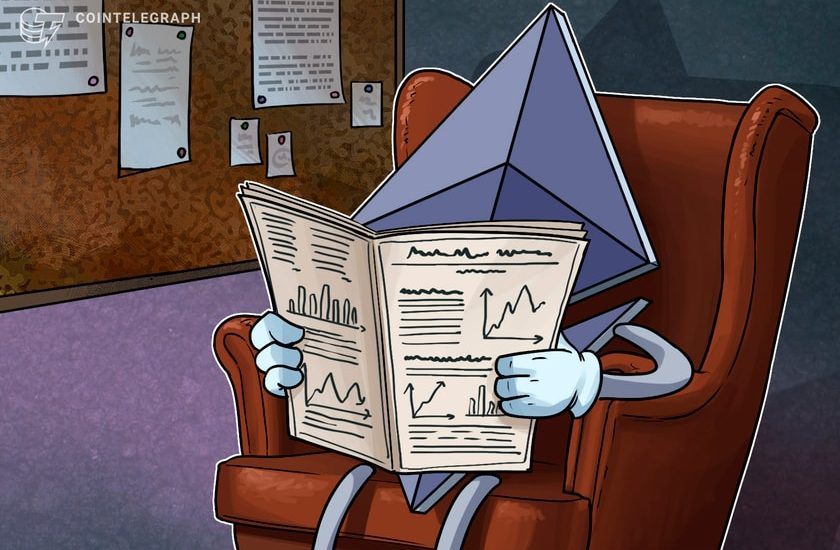- May 9, 2023
- Posted by: admin
- Category: BitCoin, Blockchain, Cryptocurrency, Investments


A user spent an additional 76% of their total purchase price in gas fees on a single memecoin trade.
A single trader just spent a staggering 64 Ether — equivalent to $118,000 — in gas fees purchasing $155,000 worth of a memecoin called Four (FOUR).
According to an update from the popular blockchain tracking service ‘Whale Alert’, the lone trader paid an astonishing $119,157 in Ether (ETH) to complete a Unsiwap trade that swapped 84 Wrapped Ether (WETH) for 13.8 billion FOUR tokens.
A fee of 64 #ETH (119,121 USD) has just been paid for a single transaction!https://t.co/3w4UD0AZbw
— Whale Alert (@whale_alert) May 8, 2023
It appears as though the trader voluntarily increased their gas fee to speed up the transaction time to purchase the memecoin. According to pseudonymous Twitter user @FlurETH, the trader in question is sitting on 133 ETH ($245,667) in unrealized profit on their investment in the memecoin.

Gas fees on the Ethereum network have become the subject of debate amongst the crypto community, with a number of prominent Etheruem advocates praising the heightened activity for its revenue generating effects and long-term deflationary pressure on the supply of Ether.
Arbitrum One, an Ethereum layer 2 network, just did more daily fee revenue than Bitcoin.
Not to mention that Ethereum itself did more than 28x the fee revenue of Bitcoin in the same time period. pic.twitter.com/plLEzdynNB
— sassal.eth (@sassal0x) April 20, 2023
Others have leveled criticism at the fees, claiming that unless the network becomes more “affordable” mass adoption will never be achieved.
As reported by Cointelegraph, one of the main drivers behind the increase in Ethereum gas fees comes from the recent meme coin hysteria, driven in large part by the frenzied buying of a new memecoin called Pepe (PEPE). At the time of publication, the average Ethereum transaction fee is sitting at $22.98, the highest level recorded since May 12, 2022 where the average fee reached a peak of $31.11.

Another major reason behind the drastic uptick in gas fees comes from the Maximal Extractable Value (MEV) trading bot that is front-running memecoin trades en masse. The notorious MEV bot and “Sandwich attacker, known only by the pseudonym jaredfromsubway.eth, has been profiting significantly heightened network use.
A sandwich attack occurs when an attacker “sandwiches” a victim’s transaction between their own two transactions in order to manipulate the price and profit from the user.
On April 18, Jared cleared a whopping $950,000 in profits from the sandwich attacks. Jared has also been one of the largest gas spenders on the Ethereum network. On April 20, Jared used 7% of the total gas on the network and spent 455 ETH in transaction fees.
Asia Express: Justin Sun’s SUI-farming sins, PEPE’s wild run, 3AC’s oyster philosophy
